Stagmomantis californica (California Mantis)
Introduction:A relatively uncommon member of the genus Stagmomantis, the California mantis, Stagmomantis californica ranges in the western US as far north as possibly Oregon and south to Mexico, east to texas and all throughout arizona, california, new mexico, and other states in the range. Many times the similar Stagmomantis limbata are mislabeled as californica, even though the differences are obvious to anyone who knows how to read something and look at the mantis.The californica are smaller than limbata but larger than carolina, and can be distinguished from the other stagmomantis species by the black bands atop the abdomen (most visible in adults but notable as early as L4), their purple colored hindwings, the lack of a saphire color on the upper lip area (carolina also lacks this but limbata doesnt), and orange color of the inner forelegs that many brown individuals have, not to mention the differences in ooths and hatchlings. Stagmomantis californica are truely unique looking in the genus stagmomantis, and they really are a nice addition to a collection.(agent A)
- mostly white stigma
- female's hindwings yellow across the top
- dark bands on dorsal abdomen
- California, and east to CO, NM, and TX (McMonigle 133)
Development:
The nymphs grow very fast at higher temps, though the molt from L1-L2 may take 3 weeks, I've seen them go from L1 to L5 in just 6 weeks!(agent A)
This is a rather short lived species as an adult, as with all Stagmomantis, and don't be surprised if females only live 4 months or so.(agent A)
Behavior/temperament:
The nymphs should not be housed together due to cannibalism.(agent A)
- Degree of activity
- Degree of aggression or timidity
- Propensity to cannibalize
- Dynamics of threat display
This is a fairly small species of mantis, and doesnt need much room. A 32 oz deli cup is large enough for the final molt. The nymphs like mesh on the lids, and it's advisable to have a twig or fake leaf in the tank to help with molting. This species is a semi-desert/desert species, and unlike carolina and limbata, this species may have problems eating at lower temperatures, especially when younger. L1 nymphs should be kept at about 80 degrees with twice weekly misting to induce proper eating. After L5, the nymphs can be kept between 70 and 75 degrees without many issues. Humidity should only be around 30%, and after L2, weekly misting may be excessive if your room humidity is above 50%.The nymphs should not be housed together due to cannibalism.(agent A)
Feeding:
This species is an aggressive eater and will handle hydei at L1. L2 may be able to handle houseflies, and all L3 can eat houseflies. L4 and above can be fed bottleflies, but I have noticed nymphs do get bigger when fed small roaches and such instead of just flies. Nymphs will eat until very fat and caution should be taken due to the rather thin shape of the abdomen. Adult males only need food once a week, while adult females will viciously attack several flies, bees, moths, crix, roaches, or spiders a day.(agent A)
Breeding:
This is a rather easy species to breed. Females are ready to mate three weeks after the final molt; males are ready in just two weeks.
Males only molt six times while females molt seven times. Females should be fed well, and the male should be placed in a decent size cage about 10 minutes before introducing the female. If both adults are ready, the male will approach and mount the female, connecting within minutes and staying connected for 3-5 hours. Females can lay ooths every 10 days if well fed and will lay them on many different surfaces, including hard, flat surfaces.(agent A)
Oothecae:
A female will lay 3-6 ooths in her life. Ooths should be diapaused gently, ooths can hatch at high humidity and constant temps without diapause but it's recommended to subject the ooths to dry, cool (55-60 degrees) conditions for two months then incubate at about 75 degrees and 55% humidity.Hatching can take 1-4 months, so be patient. Nymphs are very dark when they hatch from the light tan, oval ooths, in contrast to limbata who hatch out light green from thin, deep brown ooths.
(agent A)
Optional
- Health Issues: infections or illnesses encountered.
- Additional Observations: pertinent information which doesn't neatly fit anywhere else.
- Photos: up to five may be posted at the bottom of the completed template. Please limit these photos to no more than one of an ootheca, two of nymphs(different instars), one of an adult female, and one of an adult male.
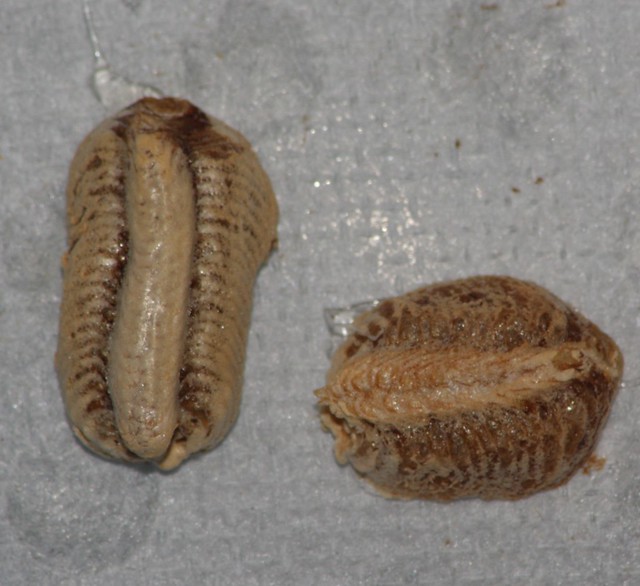
(photo: agent A)
L1:
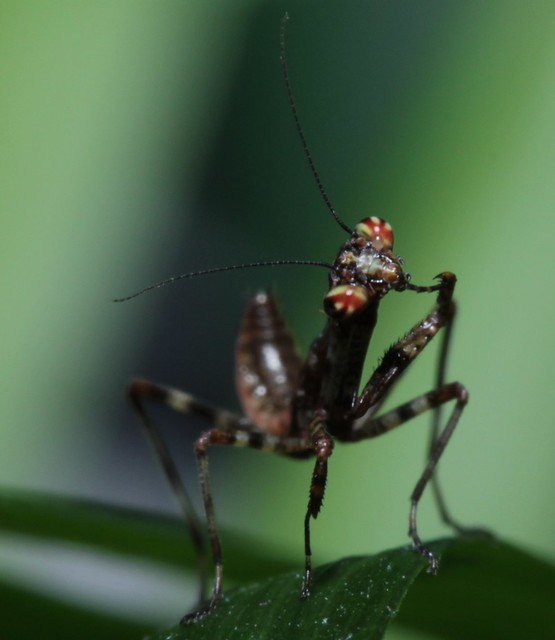
(photo: agent A)
L2:
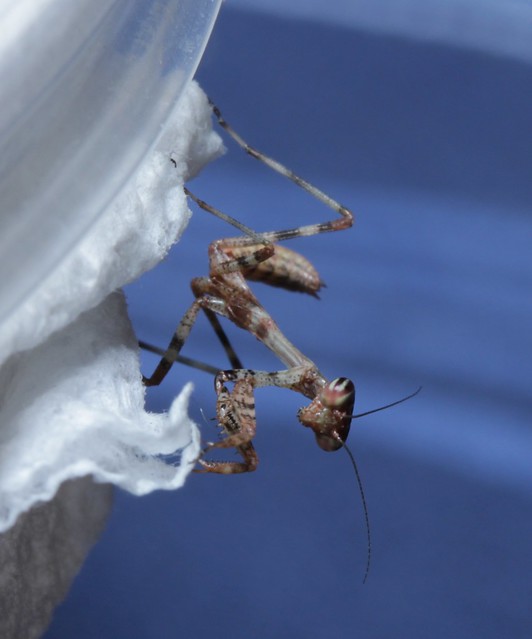
(photo: agent A)
subadults:

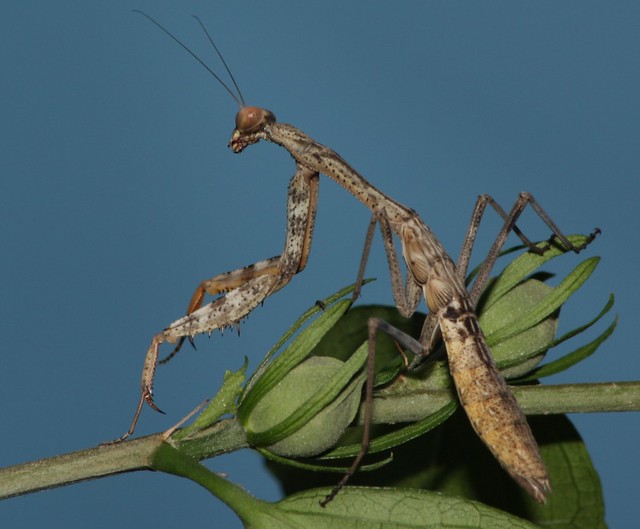
adult female:
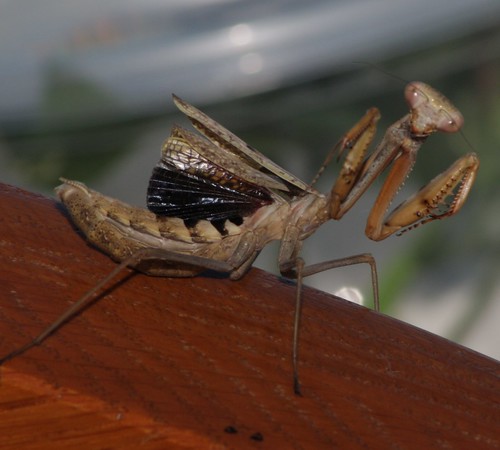
(photo: agent A)
Contributors: agent A, jamurfjr
*McMonigle, Orin A. (2013) Keeping the Praying Mantis. Coachwhip Publications, Greenville, Ohio
Last edited by a moderator:



